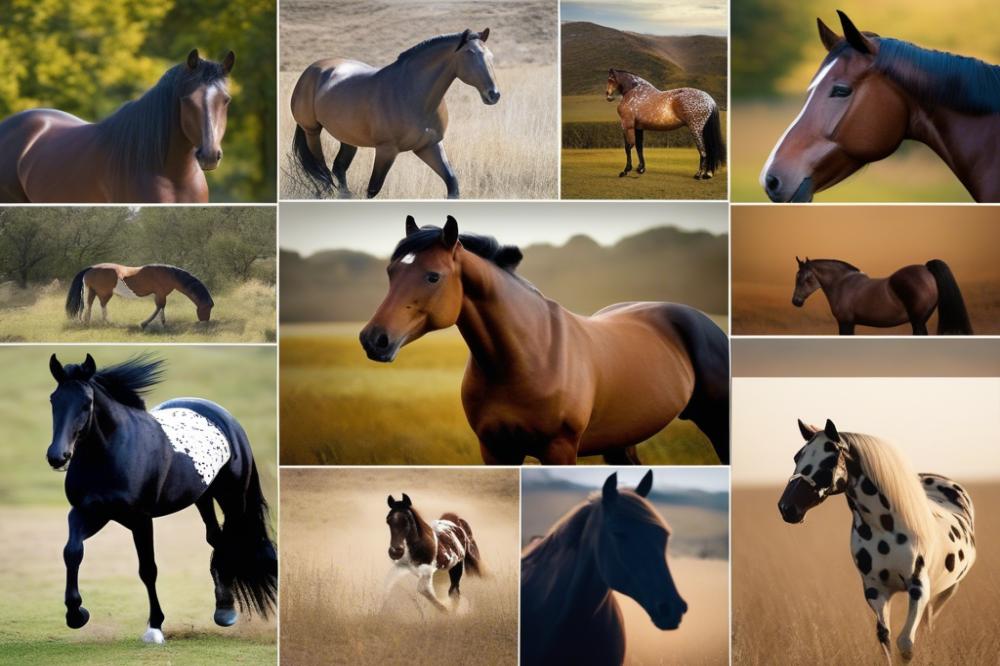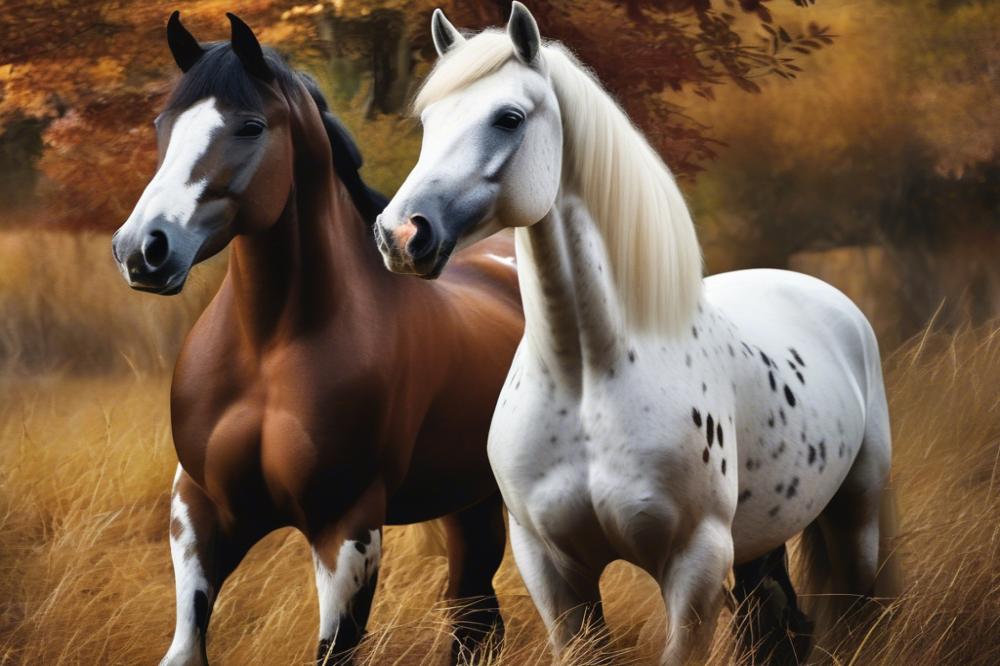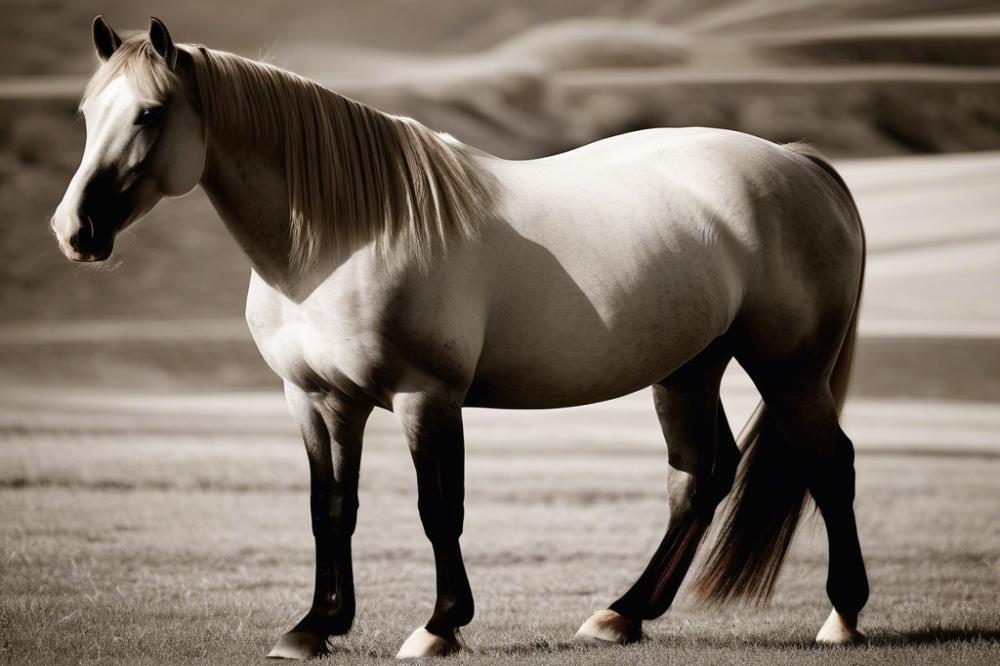Introduction
Horse breeds have played a significant role in human history. They have been companions, workers, and athletes. Each breed carries a part of our shared journey, adapting to different environments and tasks. Understanding these breeds gives us a glimpse into our past. It helps us see how people have interacted with horses through centuries.
Among these breeds, some stand out due to their long and rich histories. These breeds have been around for hundreds, even thousands, of years. Their endurance in modern times reflects their resilience and value. The oldest horse breeds offer unique insights into equine evolution, showcasing traits that have survived various challenges. This connection to the past is vital, reminding us of the horse’s importance in cultures worldwide.
heritage breeds serve as living links to our history. They show us the characteristics that early humans valued in horses. Keeping these breeds alive allows us to appreciate their contributions. Every horse carries stories of the people and places that shaped them. By understanding the traits of these thriving horse breeds, we can gain knowledge about our relationship with these magnificent animals.
Understanding heritage breeds

Heritage breeds refer to traditional varieties of livestock that have been preserved over generations. These animals often possess characteristics that reflect their long histories and cultural significance. Unlike modern breeds, heritage types are typically bred for specific traits that suit their environments and local needs.
Characteristics of these breeds often include resilience and adaptability. Many have been shaped by the regions where they originated. This adaptation gives them a strength that is integral to their survival. They often exhibit physical traits that make them distinct, such as unique coat colors and conformation. Historical importance looms large for these breeds, as they tell stories of agriculture, work, and companionship in past societies.
Heritage animals play vital roles in cultural practices across the globe. Many communities celebrate them through festivals or events that highlight their significance. These breeds also serve practical needs in agriculture, often providing labor or unique products. Farming methods benefit greatly from their hardiness, ensuring a sustainable way to maintain traditional practices. Each breed becomes a living link to the past, helping to pass down knowledge and skills from one generation to the next.
Spotlight on Iconic oldest horse breeds

Many ancient breeds of horses still thrive in today’s world. These breeds have deep historical roots and significant roles in various cultures. Each breed carries a legacy that has shaped both equine history and human experience.
Arabian
The Arabian horse is perhaps one of the most famous breeds. Originating from the Arabian Peninsula, these horses are known for their incredible endurance and spirit. They played a crucial role in the development of many other breeds. Historically, Bedouins treasured them for their loyalty, strength, and ability to traverse vast desert landscapes.
Thoroughbred
Thoroughbreds are synonymous with horse racing. Developed in England in the 17th century, this breed has contributed immensely to the sport. Known for their speed and agility, they descend from three key stallions. The impact of Thoroughbreds extends beyond racing; their bloodlines enhance many other horse breeds.
Andalusian
The Andalusian horse hails from Spain and carries a rich heritage. With roots dating back 2,000 years, the breed is known for its beauty and grace. They were valued by royalty for their ability in dressage and bullfighting. Their strong presence in equestrian arts is unmatched.
Shire
Shires are among the largest horse breeds. This breed originates from England where they were used for heavy farm work. Shires are gentle giants, showcasing strength and calmness. Their historical contributions include pulling plows and delivering goods during the industrial revolution.
Appaloosa
Appaloosas are recognized for their striking coat patterns. This breed originates from the Nez Perce tribe in the Pacific Northwest. They are exceptional in versatility, excelling in various disciplines. The breed has a legacy deeply intertwined with Native American culture.
Fjord
The Fjord horse comes from Norway and is known for its unique appearance. With a thick mane and sturdy build, this breed is popular in both riding and farming contexts. Its history is intertwined with Viking culture, reflecting a strong work ethic and adaptability. Fjords are valued for endurance and reliability.
Morgan
Morgans are one of the oldest American horse breeds. Founded in the early 19th century by a single stallion named Figure, they embody versatility. Known for their friendly temperament, Morgans are used in everything from western riding to dressage. Their contributions to American culture are significant.
Hanoverian
Hanoverians are distinguished by their elegance and athleticism. Origination in Germany, this breed is widely admired in the hunter and jumper disciplines. Their history of selective breeding has led to quality performance in equestrian sports. They remain a cornerstone of modern competitive riding.
Preserving Horse History Through Breeding
The preservation of ancient horse breeds plays a crucial role in maintaining our equine heritage. These breeds often carry stories from past generations. Each one represents a slice of history that connects us to the people and cultures that came before. When we lose these breeds, we miss out on essential knowledge and diversity in horse genetics.
Breeding programs aimed at conservation are essential. Such efforts focus on maintaining the lineage and characteristics of these historic breeds. Organizations often partner with farms to create sustainable breeding practices. They promote responsible breeding to prevent extinction. These programs also raise public awareness about the importance of heritage breeds.
Heritage horses have a significant impact on modern horse culture. Many enthusiasts admire them for their history and beauty. Riders and owners often look to connect with the past by choosing these breeds. Additionally, old breeds serve as benchmarks for understanding horse behavior and training methods. They remind us of the traditional skills that shaped the equestrian world.
Moreover, maintaining these breeds enriches the riding community. Events like breed shows highlight their unique qualities. Fans enjoy learning about the traits of each breed and meeting passionate owners. This engagement keeps interest alive among younger generations. By intertwining history with modern practices, we foster a deeper connection to horses.
Investing time and resources into these breeding efforts allows us to honor our equestrian past. The commitment of breeders and enthusiasts creates a living legacy. It helps ensure that future generations will understand the significance of these ancient companions. Therefore, preserving older breeds is not just about keeping horses; it is about preserving a fundamental part of our cultural identity.
Challenges Facing Oldest Horse Breeds
Heritage horse breeds face many challenges today. Genetic diversity is critical for the health of animals. Inbreeding can lead to serious health issues. Fewer breeders often mean limited gene pools, which reduces overall resilience.
Habitat loss is another major threat. As urban areas expand, many traditional pastures are disappearing. These breeds often require specific environments to thrive. The change in land use impacts their natural breeding and grazing habits.
The Role of Organizations
Several organizations work hard to promote and protect these unique breeds. They raise awareness about the importance of genetic diversity. These groups often create programs aimed at supporting responsible breeding practices. Education is a key part of their mission, allowing the public to learn about heritage horses.
Events, such as breed shows or seminars, help connect enthusiasts with breeders. Collaborations between organizations can also provide more financial support. Fundraising efforts often focus on preserving habitats for these historic breeds. Programs designed to promote breeding and training further support their longevity.
How Enthusiasts Can Support and Preserve Older Breeds
Individuals can play a significant role in preserving these breeds. Adopting or sponsoring a horse directly contributes to their wellbeing. People can participate in local events that raise funds or awareness. Learning about the unique histories of these animals adds value to their preservation.
Joining clubs or online communities focused on heritage breeds can enhance support networks. Sharing information helps spread the word about their importance. Engaging with communities of like-minded individuals promotes a shared goal. Making conscious decisions, like purchasing products from breeders dedicated to preservation, also makes a difference.
Preserving a Legacy
The oldest horse breeds have left an indelible mark on equestrian culture and agriculture. Their resilience and historical significance continue to fascinate horse lovers and researchers alike. From the graceful Arabian to the sturdy Percheron, these heritage breeds represent centuries of evolution and adaptation. They have shaped how we understand horses today, offering insights into our shared history.
In our modern world, their relevance remains strong. Many people still rely on these breeds for agriculture, sport, and companionship. The beauty and strength of these horses are testaments to their endurance. As society evolves, these breeds provide a vital link to our past and remind us of the bond between humans and animals. Preserving their unique traits and characteristics ensures they can inspire future generations.
It’s crucial to take action in support of these remarkable breeds. We can participate in breeding programs, promote awareness, and support organizations dedicated to maintaining their populations. Every effort counts in preserving these historic treasures. Together, we can celebrate their rich heritage and ensure they thrive for years to come.



